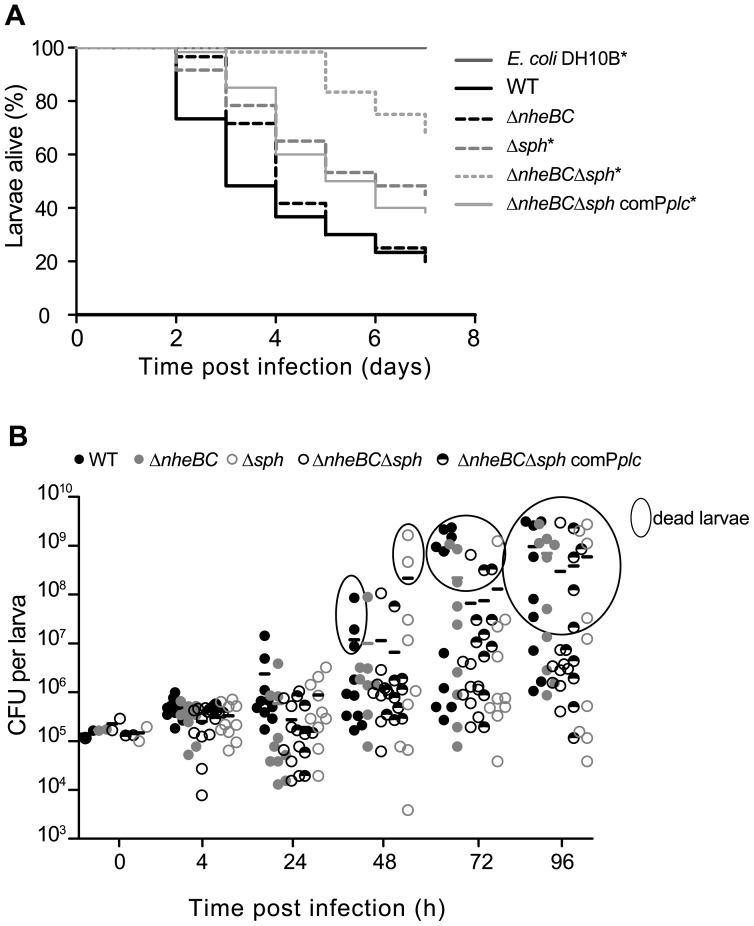Figure 7. Sph deletion strongly reduced the pathogenicity of B. cereus NVH 0075-95 in a Galleria mellonella in vivo model.
A. Larvae were infected by intrahemocoelic injection of 105 CFU of vegetative B. cereus NVH 0075-95 (WT), the isogenic nheBC mutant (ΔnheBC), the isogenic sph null mutant (Δsph), the nheBC sph mutant strain (ΔnheBCΔsph) or its complemented strain (ΔnheBCΔsph comPplc) as described in Materials and Methods. Larvae infected with the non-insecticidal E. coli strain DH10B served as control group. G. mellonella survival data are plotted as Kaplan-Meier plots. Data are retrieved from two independent infection experiments with a total of 60 larvae per condition. Both experiments showed very similar results. Statistical significance was determined using log-rank analysis. An asterisk indicates treatment groups with a survival distribution function statistically different from B. cereus WT (P<0.001). B. Survival and multiplication of B. cereus WT and isogenic mutant strains in G. mellonella after intrahemocoelic injection of 105 vegetative cells. Bacterial growth in two independent infection assays was monitored at indicated time points after infection (t = 0) by counting individual homogenates of five larvae per condition. CFUs recovered from dead larvae are indicated as encircled data points. Paired Student’s t-test was used to determine statistical differences between bacterial cell counts of the five treatment groups. In living or dead Galleria larvae cell counts of the sph mutant strains did not differ significantly from WT and ΔnheBC mutant.

